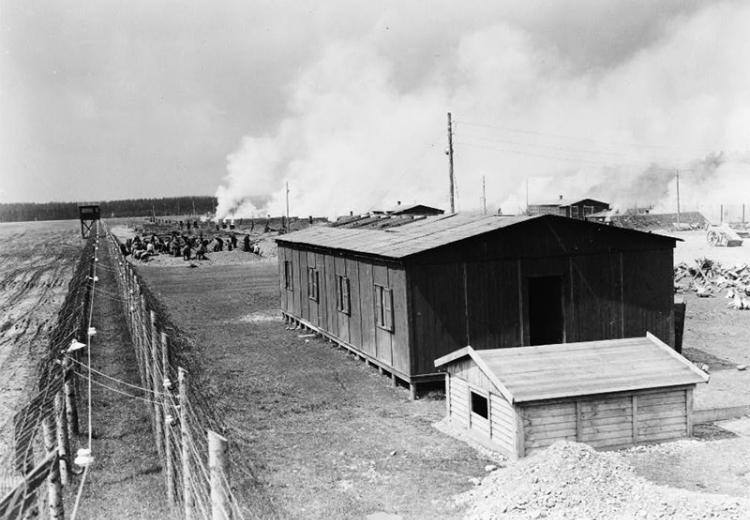Holocaust and Resistance

View of unidentified German concentration camp at time of liberation by U.S. Army, 1945.
In this lesson, students reflect on the Holocaust from the point of view of those who actively resisted Nazi persecution. After reviewing the history of the Holocaust, in order to understand the legal and bureaucratic authority with which the Nazis systematically enforced their policies, students debate the options for resistance and the likely outcomes. Working with the archives of the U. S. Holocaust Memorial Museum and library resources, they gather facts about resistance activities during the Holocaust, preparing reports on incidents of rebellion at the Sobibor, Treblinka, and Auschwitz death camps and in the Warsaw Ghetto. Then, writing as relatives or friends of those involved in these incidents, students consider the value and significance of such actions in the context of the Holocaust and of the larger war against Nazi domination. Finally, students gather facts about non-violent forms of resistance to Nazi persecution, and reflect in a journal format on their own role in keeping this spirit of resistance alive today.
Guiding Questions
What kinds of actions constituted resistance, and what were the components of the decision to implement those actions during the Holocaust?
Is violent resistance ever necessary?
Learning Objectives
Analyze the events that preceded and followed the Holocaust.
Analyze the evidence of resistance to the Holocaust preserved in archival documents and in oral traditions.
Evaluate the moral questions and dilemmas inherent in confrontation with and resistance to the Nazi regime.
